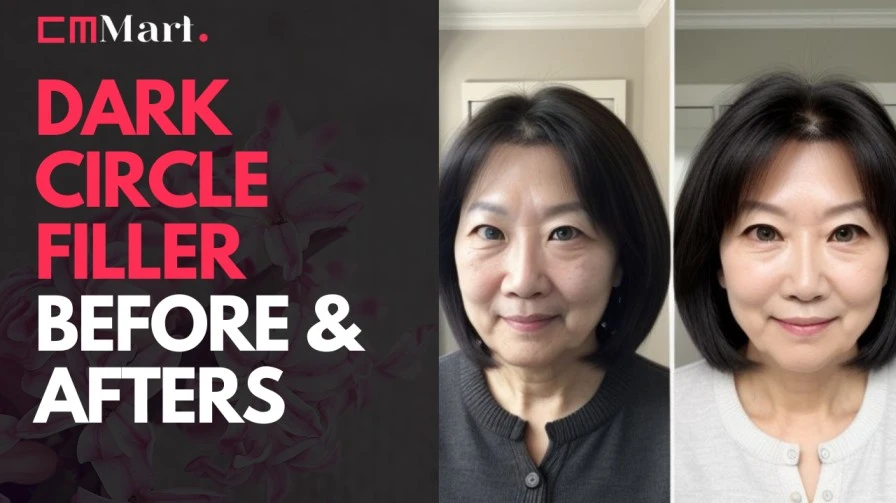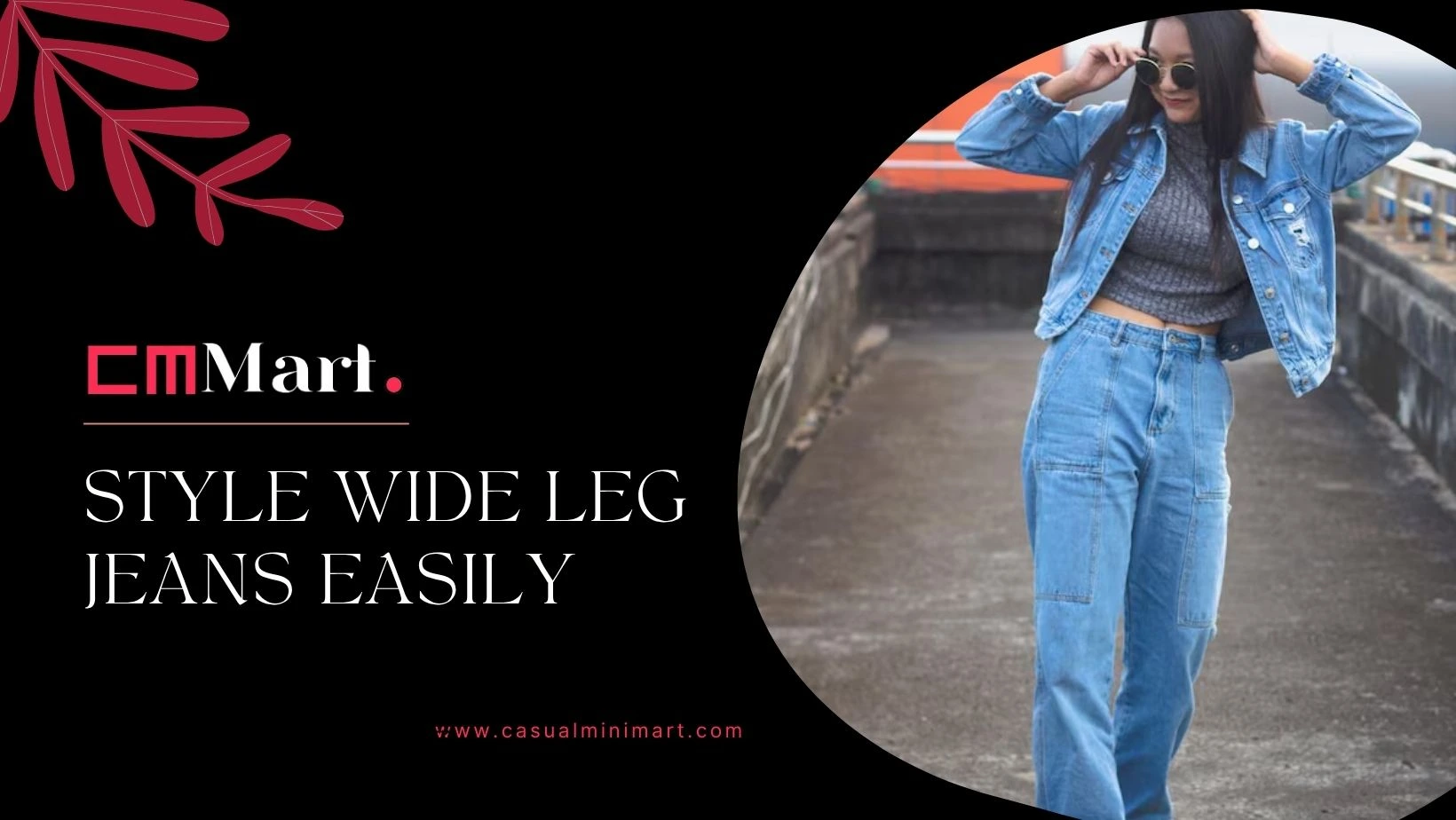If you're looking for a solution to getting rid of dark circles, here's everything from home remedies like brightening creams to eye fillers like Juvaderm or dermatologist Restylane. First, you're definitely not the only one who's noticed dark or sunken eyes; This common problem can be caused by genetics, the natural aging process, or lifestyle factors such as alcohol consumption or insufficient sleep. (Honestly, the last few years have been stressful for most of us, and your skin is probably feeling the effects.)
Eyes or similar skin filler. Using fillers may seem like a drastic solution, but in fact it may be one of the few things that can actually change the appearance of the under eye area, depending on the cause of the dark circles. . But before you start browsing dermatologists, it's important to know how safe eye fillers are and what you can expect before, during and after you get them. That's why we asked top dermatologists what you need to know before you book your appointment: the expert advice below can help you decide if eye fillers (or just better eye creams) are right for you.
What is the difference between eye fillers and Botox?

First, take a closer look at which eye fillers are right for you and your dermatological goals. For example, we will discuss your options. B. Hyaluronic acid fillers such as Juvederm and Botox.
Botox is a neurotoxin that inhibits muscle contraction, which helps relax and smooth the overlying skin. "It gives you a more youthful appearance," says Dr. Expedition. In other words, focus on fine lines to create a "relaxed" look. You can see results 72 hours after the procedure, and injections usually last 90 days, he added.
Using Juvederm under the eyes a. Another scenario: These are hyaluronic acid fillers (the most common type) that are injected directly under the skin to fill space instead of affecting muscle. With Juvederm you can expect fast results, less empty feeling and a longer lifespan than Botox: around 9-12 months.
Are eye fillers safe?

First, you should know that the eye area is very sensitive and full of blood vessels, explains Dr. González. Due to the thickness of the skin, this area is especially prone to bruising, which is one of the most common side effects of eye fillers. Another common side effect is bloating, says Dr. González. Both issues should be resolved within a week.
But could the plan be affected? Can fillers damage the eye area? Unfortunately, the answer is yes. If the filler is placed incorrectly, it can cause the so-called Tyndall effect, which describes the scattering of light in certain conditions for the filler under the eyes, if the filler is injected too close to the surface, the skin can cause a slight rash eyes have a bluish color (as well as bags) due to the way light is scattered. Check out the What Is Laser Hair Removal? Everything You Need To Know.
Fortunately, this can be treated by injecting hyaluronidase, an enzyme that breaks down the hyaluronic acid in fillers. Another possible and more serious side effect of a failed eye patch is the formation of nodules (growths of skin tissue) after the injection. Fortunately, this problem can also be solved with hyaluronidase.4 And if you are not completely satisfied with the filler, your dermatologist can also remove it with hyaluronidase.
This is a complication. The most serious (and rare!) procedure is the injection of a filler into a blood vessel. It can clog blood vessels and even cause blindness.5 Therefore, although injections should always be performed by a certified dermatologist or plastic surgeon, this is a procedure that you should consult with someone. Who knows what they are doing.
What does it really feel like to have fillers under your eyes?
Consult with a dermatologist or plastic surgeon before the procedure, says Dr. González. This gives them a chance to really get to know the cause of your dark circles and whether you are a good candidate for fillers.
Then you need to go back to the procedure. Most people do not get anesthesia for this procedure, says Dr. González, but you can ask for it if you want! However, remember that in this case you have to wait 30-40 minutes for the anesthesia to take effect, which will prolong the appointment. Without anesthesia, consultation can be done in just 15 minutes.
There are two different injection methods: some doctors prefer to use a small needle that comes with a filler, and more and more dermatologists and plastic surgeons are opting for this. application. cannula, a plastic tube that can be inserted directly into a vein or tissue. The tip of the cannula can slide between layers of tissue without damaging the nerves near the eye.
The classic method only uses a needle. Dr. Hu explains that the cannula acts like a blunt straw, allowing the needle to pass through the tube and insert only once. Some say this allows for safer filler placement, reducing swelling, bruising and the risk of infection. However, the most important aspect when using fillers under the eyes is to consult an experienced doctor: a dermatologist or a certified esthetician. . A surgeon who understands the complex anatomy of the eye area.








